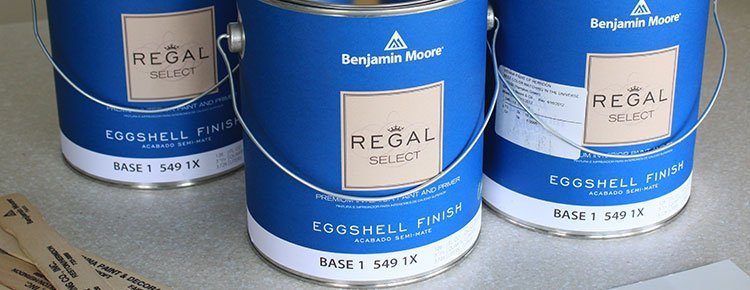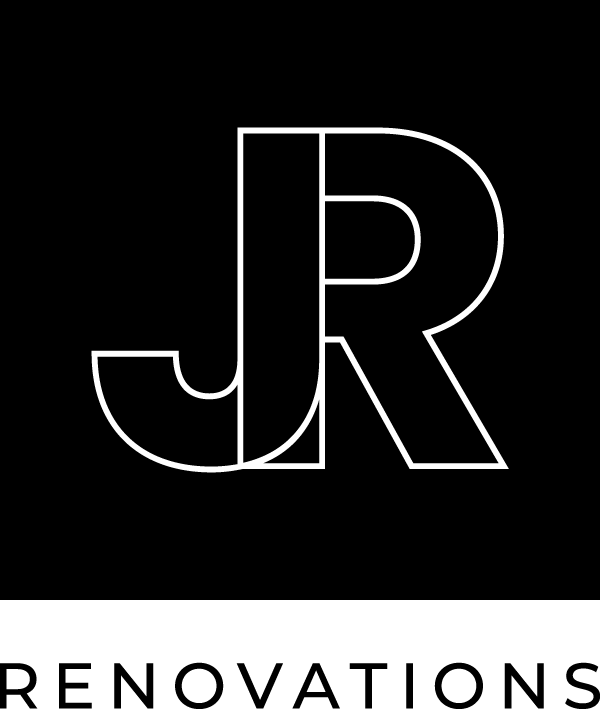Lead Paint Removal

When you picture lead paint problems, you may see an old house with cracked walls and paint chip littered floors. That picture is distorted! According to Rebecca Morley of the National Center for Healthy Housing:
Oftentimes, people think it’s just painted chips that poison kids but, in fact, it’s the very fine, invisible dust that’s generated from deteriorating lead-based paint.
The EPA (Environmental Protection Agency) agrees that the most common source of lead poisoning is lead-contaminated dust.
While children age six or younger are most susceptible to lead poisoning, it affects adult health as well. In children, lead poisoning can cause problems that range from headaches and hearing to growth problems and brain damage. Adult health problems range from memory loss to physical pain and from high blood pressure to reproductive problems that affect both men and women”.
Lead Paint in Your Home
Up until the 1970s, lead was a common additive to many surface coverings. Used as a pigment and to speed up the drying time of oil-based paint, lead was an ingredient in varnishes and stains, too. It was also added to bathroom and kitchen tiles as well as the grout that holds them in place.
If your home was built before 1978, there may be lead dust along baseboards, around windows, on your porch, up and down your staircase, and just inside your door. If your home was built after 1978, you might breathe a sigh of relief now-but breathe carefully. Although leaded paint has been off the market since then, surplus paints or products- manufactured before 1978-may have been used in the construction of your home.
Any painted area can be a hazard. It only takes one gram of lead-based paint to contaminate an area. The presence of lead paint in your home is one very good reason to wake up that dream remodel or renovation plan!
Getting the Lead Out
However you rub lead-based paint, you are rubbing it the wrong way. Remodeling, renovating, or just routinely maintaining a painted area can raise the dust. Yet, there is a safe way to remove this dangerous squatter.
I am sure you see that proper lead-based paint removal is as serious as living with it. The safest way to guard your environment and keep your family healthy is by hiring an experienced, certified lead-safe contractor. Fortunately, the EPA sees it the same way. On April 22, 2008, the EPA issued a rule requiring that contractors use lead-safe practices. That rule went into effect this year. Contractors who renovate, remodel, or perform projects that disturb lead-based paint in homes built before 1978 must be trained and certified in work practices that will prevent lead contamination.
JR Renovations is right in step with this rule. We are a certified lead-safe contractor with the equipment and ability to control and contain the dust raised by the renovation process. Whether you dream of adding a screen porch, transforming a bedroom into a master suite, or have your eye on a complete home renovation, we will handle your project safely and within required EPA regulations.
What We Do to Contain and Dispose of Lead Paint
Work Area Identification:
We define our work area and clearly identify it with signs to protect you and your visitors. These signs remain in place until after the post-renovation cleaning inspection is complete.
Work Area Containment:
We take steps to ensure that no dust or debris leaves the work area. This containment is installed to maintain an emergency exit for both you and our workforce.
Work Area Preparation:
We go through several processes to ensure that your possessions, your home, and your family are all safe from lead contamination.
- We remove your possessions or securely cover them with impermeable material, making sure that all edges are sealed.
- We close and cover all doors, windows, and ducts with impermeable material.
- We ensure that floors or outdoor perimeters are securely covered with impermeable material at a distance that will contain any dust.
- We are vigilant in ensuring that all tools, waste containers, and personnel are free of dust and debris before leaving the work area.
Cleaning the Work Area:
During the renovation, before it leaves the work area, we contain all waste to prevent the release of any dust or debris.
- We store all waste in a secure area that prevents leakage of dust or debris.
- Paint chips and debris are collected and sealed within heavy-duty bags.
- At the end of your project, we clean all objects and surfaces to the 2-feet outside of the work area, cleaning from higher to lower.
- We leave under sheeting in place to isolate contaminated rooms until all other surfaces are clean and other sheeting is removed.
- We mist all protective sheeting before folding it dirty side inward, then either seal it with tape or in heavy-duty bags.
- We wipe all surfaces that can be damp wiped and thoroughly HEPA vacuum all surfaces that cannot be damp wiped.
Along with our ongoing commitment to using lead-safe work practices, our track record shows our genuine concern for your comfort and safety and is your assurance that we will meet or exceed all Federal guidelines as well as your expectations.
We encourage you to download a copy of the EPA Brochure, Renovate Right: Important Lead Hazard Information for Families, Child Care Providers and Schools to see the details of the new EPA guidelines. Then, contact JR Renovations. We will be happy to show you the way to a lead-safe renovation.
